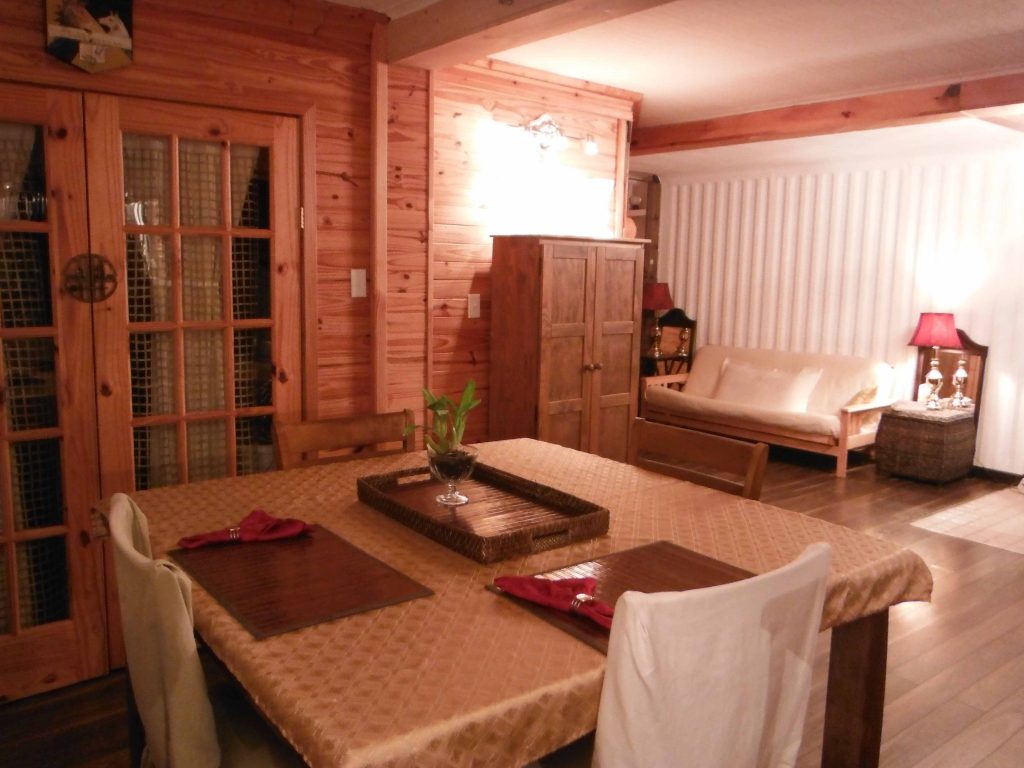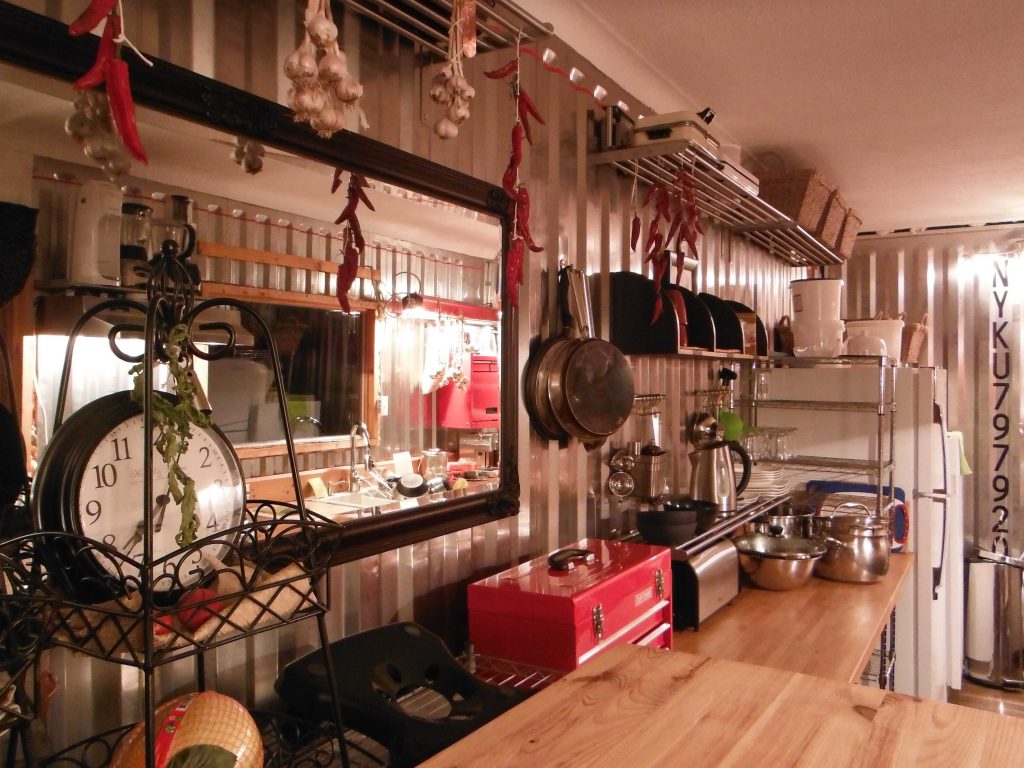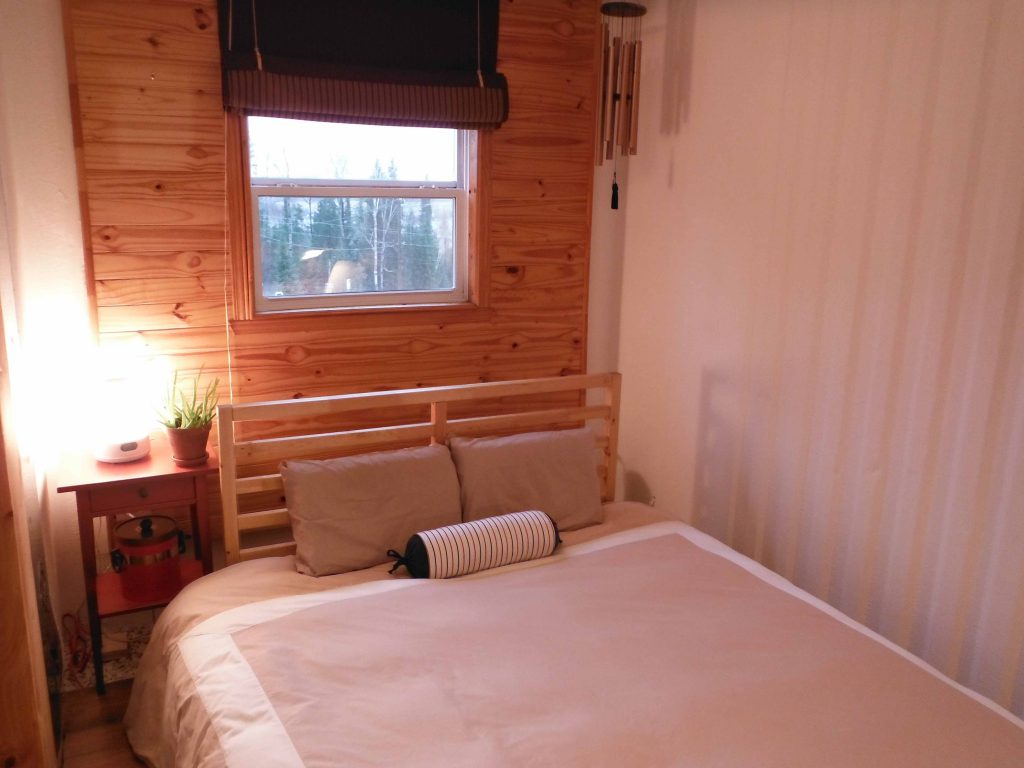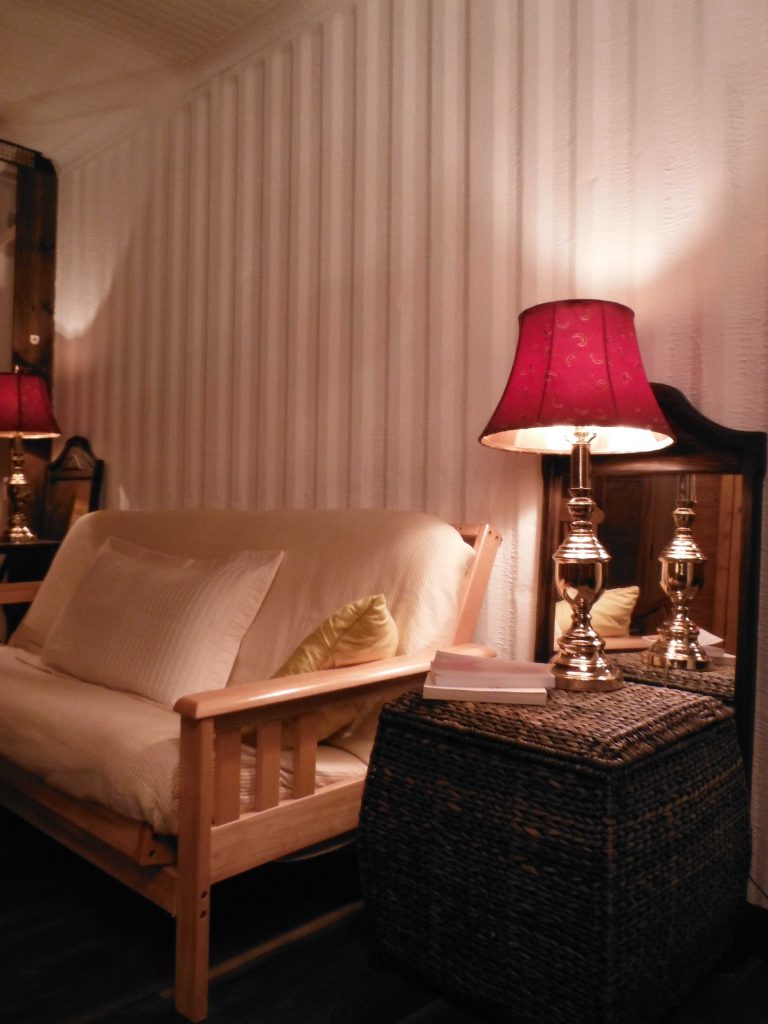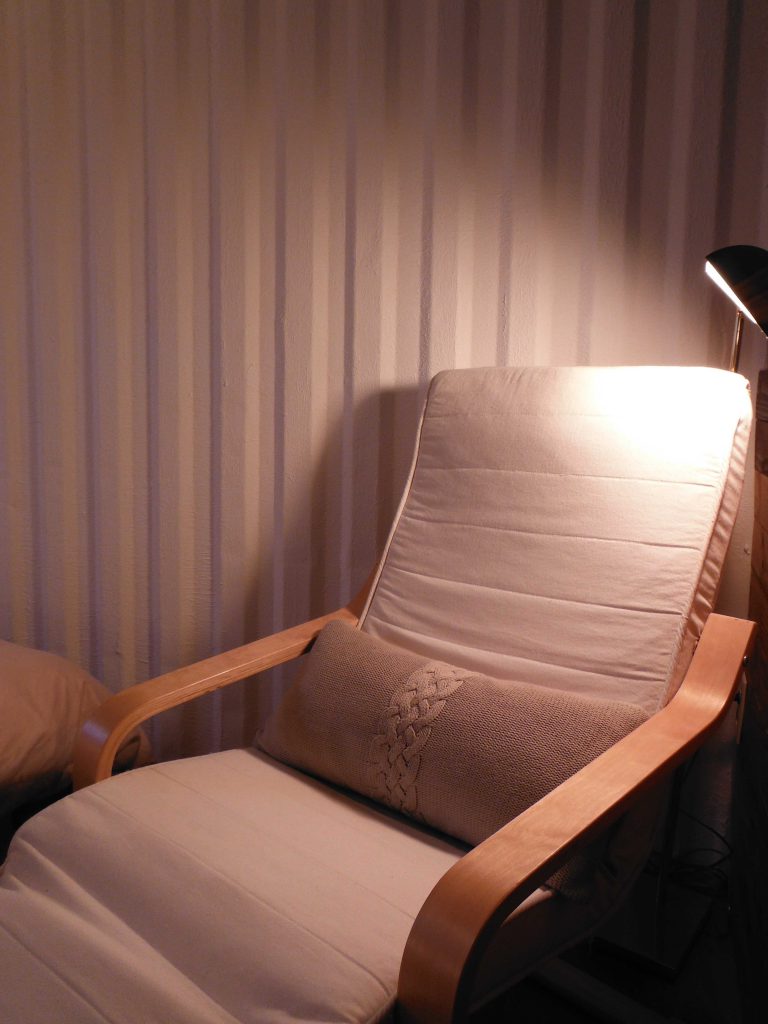

Insulating shipping container construction presents a greater challenge under Arctic climate conditions. The reason being that a metal substrate unlike Wood Frame Construction or Tilt-up Concrete Construction is more conductive and has 0 capacity for thermal storage. That is why, here in North America, there are differing requirements for different Climate Zones. In some situations a hybrid insulation system may be required to achieve proper comfort and energy efficiency.
HOME BRANDON MANITOBA – increased retained heat in a particularly cold room from +9°C to +25°C
Here is a link to some excerpts from this arms length, third party ISBU ASSOCIATION REPORT ON CERAMIC COATINGS which contains some excellent information on this technology and is well worth the read.
As can be seen in the client comments and pictures located at the bottom, this shipping container home is insulated with hybrid insulation systems:
CEILING – Closed Cell Foam sealed with a coat of HSC® Coating Ceramic Insulation Coating Engineered to Block Heat and a finish coat of a Ceramic Thermal Barrier Coating Engineered to Repel Heat.
INTERIOR WALLS – HSC® Coating Ceramic Insulation Coating Engineered to Block Heat which also provides some thermal storage within the dead air space contained in the ceramic Cenospheres and a finish coat of a Ceramic Thermal Barrier Coating Engineered to Repel Heat.
EXTERIOR WALLS and ROOF – coated with a Ceramic Thermal Barrier Coating Engineered to Repel Heat.
INTERIOR APPLICATIONS:
HSC® Coating Ceramic Insulation Coating Engineered to Block Heat reduces the thermal conductivity of these 4 Btu’s by a further 0.07 W/mK as per ISO 8302 \ ASTM C177.
Whatever heat makes it through these two Ceramic coatings should be easily stored by 25 mm (1”) – 50 mm (2″) of Closed Cell Foam and greatly increase the time it takes to reach saturation.
Therefore in extremely cold climates we would recommend 25 mm (1”) – 50 mm (2″) of closed cell foam applied onto the entire interior of the building envelope but especially the ceiling as heat rises. This is why over 50% of heat loss / gain is through the ceiling / roof. Then a 1.27mm (50 mils) coat of HSC® Coating Ceramic Insulation Coating Engineered to Block Heat applied over top of the foam and then whatever finishing would be coated with 0.25 mm (10 mils) DFT of a Ceramic Thermal Barrier Coating Engineered to Repel Heat.
EXTERIOR APPLICATION:
A 0.25 mm (10 mils) DFT coat of a Ceramic Thermal Barrier Coating Engineered to Repel Heat would also be applied on the exterior of the building envelope to prevent thermal absorptance in the Summer. In this case the water-based urethane is necessary to resist weathering. The
Ceramic Thermal Barrier Coating Engineered to Repel Heat reduces thermal conductance by deflecting, repelling and emitting thermal absorptance by better than 95%. As noted by a PhD in Fluid Mechanics “The Ceramic Thermal Barrier Coating Engineered to Repel Heat is deflecting better than 95% of the heat to begin with therefore debating the remaining 5% is trivial.”
~ The first ceramic compound is primarily to deflect, repel and emit Ultra Violet (UV) heat at 99% however while UV is a significant cause of surface deterioration it only contributes 3% to thermal absorptance.
~ The second ceramic deflects, repels and emits better than 92% of Visual Light (short wave) heat which contributes 40% to thermal absorptance.
~ The third ceramic compound deflects, repels and emits 99.5% of Infrared Radiation (long wave) heat which contributes 57% to thermal absorptance. This new compound was introduced in February of 2000 as part of our continued research in controlling thermal transfer.
~ The fourth ceramic compound blocks a further 92% of heat conduction by hollow cenosphere technology which is not glass.
A Ceramic Thermal Barrier Coating Engineered to Repel Heat is a true “thermal barrier” coating and not just a reflective paint. Reflective paints only address Visual Light and lose thermal performance when they get dirty.
One of our clients, in Quebec Canada, was kind enough to send us a testimonial about their satisfaction with their application in 2014 and a desire for more product.
July 9th, 2015:
“Good morning Doug,
We ordered SPI insulation coatings through your company last summer, to extra-insulate our container house, and meant to thank you truthfully for the quality of your service, as well as for the quality of the product itself. With half of the job done by now, we are already more than pleased of our investment (especially with the coldness records that we had last winter, with steady -40°C for a few days). The finish is also very attractive and perfectly suitable for a “home décor”.
Since we decided to put a layer of HSC on North-facing internal walls, we would appreciate to order four extra 5-gallon pails of HSC to complete our project. Besides, while preparing our roofs, we noticed that some patches of tar, near to the “joints” of the containers, would need to be covered before spreading the (Ceramic Thermal Barrier Coating Engineered to Repel Heat) : is the product SuperBase sold in that purpose? If so, we would like to order a pail as well. An estimate of the current cost of both products would also be appreciated.
Thanking you, again, for your time and help!
Sincerely, Sergei & Jacinthe Zaski”
November 4th, 2015:
“We got so enthusiastic by the quality of the product that we decided to paint extra interior surfaces. Winter being almost at our door, we are now convinced, with all the surfaces already painted, that it truly worth the expense – in heat savings, in a better homogeneity of the temperature inside the house and, the last, but not the least, in outside noise reducing.
We still have much finishing work to do, but knowing that you were expecting pictures of our residential insulation project, we did our best to make you some – in case that could help eventual clients to figure out the final result. We made some close-up views in order to show the texture.
Thanking you again (and again!) for your time & help,
Sergei & Jacinthe Zaski”
They also sent us some pictures of their beautiful project.
